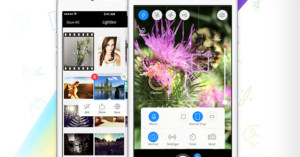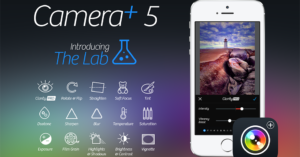
Now There’s a Free Version of the Popular Camera+ App for iPhone Shooters
Since launching back in 2010, Camera+ has been downloaded over 14 million times by iPhone users and has become one of the best-known third-party camera apps.
Now, half a decade later, tap tap tap is going free with its blockbuster app. The app developer has launched a new free version of Camera+ as an easy way for iPhone users to obtain a more powerful camera app.


